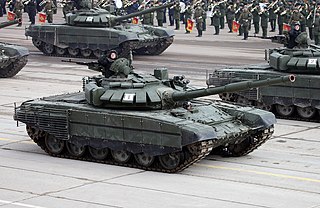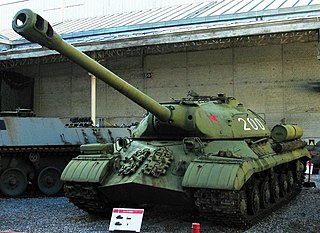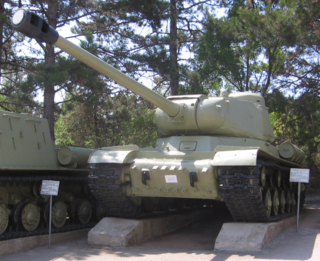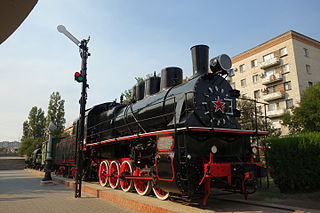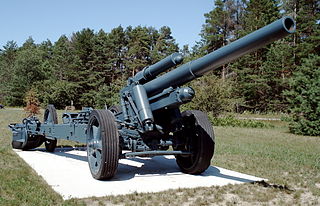Self-guided Sightseeing Tour #1 in Volgograd, Russia
Legend
Tour Facts
0.4 km
4 m
Experience Volgograd in Russia in a whole new way with our self-guided sightseeing tour. This site not only offers you practical information and insider tips, but also a rich variety of activities and sights you shouldn't miss. Whether you love art and culture, want to explore historical sites or simply want to experience the vibrant atmosphere of a lively city - you'll find everything you need for your personal adventure here.
Individual Sights in VolgogradSight 1: Памятник жертвам политических репрессий

The Monument to the Victims of Political Repression is a monument in Volgograd, located at the intersection of Chuikova and Naumov streets.
Wikipedia: Памятник жертвам политических репрессий (Волгоград) (RU)
Sight 2: Т-72
The T-72 is a family of Soviet main battle tanks that entered production in 1973. The T-72 was a development based on the T-64 using thought and design of the previous Object 167M. About 25,000 T-72 tanks have been built, and refurbishment has enabled many to remain in service for decades. It has been widely exported and has seen service in 40 countries and in numerous conflicts. The Russian T-90 introduced in 1992 and the Chinese Type 99 are further developments of the T-72. Production and development of various modernized T-72 models continues today. Currently holds the record for the most MBT's lost in combat.
Sight 3: ИС-3
The IS-3 is a Soviet heavy tank developed in late 1944. Its semi-hemispherical cast turret became the hallmark of post-war Soviet tanks. Its pike nose design would also be mirrored by other tanks of the IS tank family such as the IS-7 and T-10. Produced too late to see combat in World War II, the IS-3 participated in the Berlin Victory Parade of 1945, the Soviet invasion of Hungary, the Six-Day War, Yom Kippur War, and one was used during the early stages of the Russo-Ukrainian War.
Sight 4: ИС-2
The IS-2 is a Soviet heavy tank, the second of the IS tank series named after the Soviet leader Joseph Stalin. It was developed and saw combat during World War II and saw service in other Soviet allied countries after the war.
Sight 5: ИСУ-152
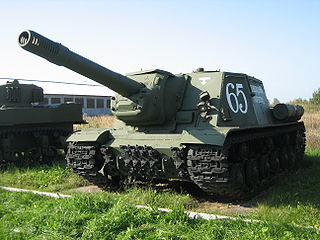
The ISU-152 is a Soviet self-propelled gun developed and used during World War II. It was unofficially nicknamed Zveroboy in response to several large German tanks and guns coming into service, including Tigers and Panthers. Since the ISU-152's gun was mounted in a casemate, aiming it was awkward, and had to be done by repositioning the entire vehicle using the tracks. Therefore, it was used as mobile artillery to support more mobile infantry and armor attacks. It continued service into the 1970s and was used in several campaigns and countries.
Sight 6: Воинский эшелон
“Military Echelon” is a military train led by a steam locomotive Er, installed as a monument in Volgograd by the Panorama Museum “Battle of Stalingrad”. The memorial complex was built in June 2009 and was dedicated to railway workers and military builders who ensured the uninterrupted supply of the Stalingrad Front by military cargo during the Battle of Stalingrad.
Sight 7: Медаль Золотая звезда
The title Hero of the Soviet Union was the highest distinction in the Soviet Union, awarded together with the Order of Lenin personally or collectively for heroic feats in service to the Soviet state and society. The title was awarded both to civilian and military persons.
Sight 8: 150-мм тяжелая полевая пушка 15 cm sFH 18
The 15 cm schwere Feldhaubitze 18 or sFH 18, nicknamed Immergrün ("Evergreen"), was the basic German division-level heavy howitzer of 149mm during the Second World War, serving alongside the smaller but more numerous 10.5 cm leFH 18. Its mobility and firing range and the effectiveness of its 44 kilogram shell made it the most important weapon of all German infantry divisions. A total of 6,756 examples were produced.
Sight 9: 20-мм зенитная пушка 2 cm FlaK 30
The 2.0 cm FlaK 30/38 is a German 20 mm automatic anti-aircraft gun developed by Rheinmetall/Mauser, respectively.
Sight 10: 50-мм противотанковая пушка 5 cm FlaK 41
The 5 cm Flak 41 (Flugabwehrkanone 41) was a German 50 mm (2.0 in) anti-aircraft gun produced for defending the intermediate zone above the range of light guns, but below the ceiling of the heavy pieces. The gun proved inadequate and was produced only in small numbers.
Sight 11: Легкий полугусеничный бронетранспортёр Sd. Kfz. 250/1
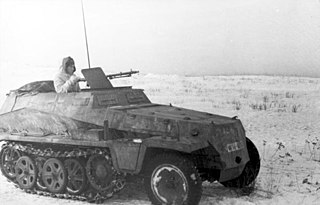
The Sd.Kfz. 250 was a light armoured half-track, very similar in appearance to the larger Hanomag-designed Sd.Kfz. 251, and built by the DEMAG firm, for use by Nazi Germany in World War II. Most variants were open-topped and had a single access door in the rear.
Share
Disclaimer Please be aware of your surroundings and do not enter private property. We are not liable for any damages that occur during the tours.
GPX-Download For navigation apps and GPS devices you can download the tour as a GPX file.
